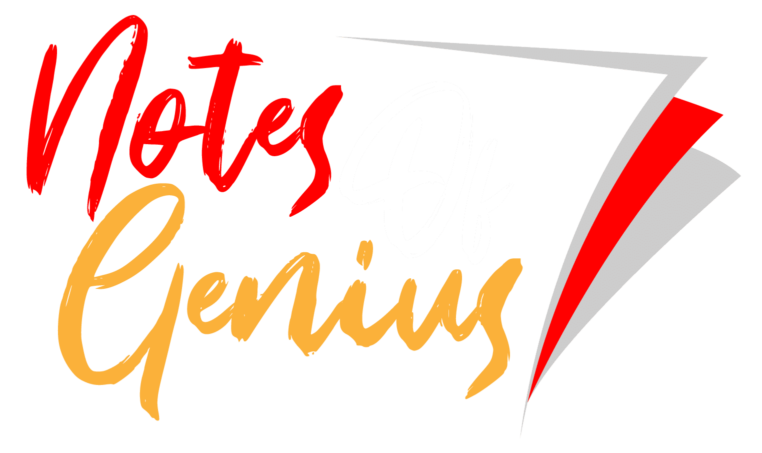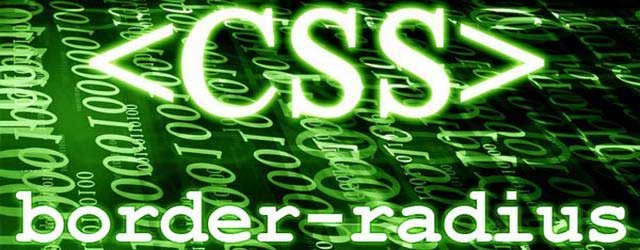Sixthsense is a technology that can be used to take the real world objects in to digital world with a minimum effort and a higher accuracy. Parnav Mistry, an Indian research assistant in MIT Media Lab has come up with number of applications made through this SixthSense Technology. Among them, SixthSense Camera, a pen that can draw in 3D, a physical Google map, a camera that can make any surface an application controlling interface were some of the most attractive innovations came out through this technology. People are very much excited with this technology as it takes them to a dream world. It is said that that this technology will be an Open source technology. Therefore the usability of this technology will be high as well.

History
Steve Mann is the father of SixthSense who made a wearable computer in 1990. The SixthSense technology was first implemented as the neckworn projector+ camera system. He was a media lab student at that time. There after it was used and implemented by an Indian who is the man has become very famous in the recent Pranav Mistry. There will be a long future rather than the short period of history for the SixthSense technology.
Development
Software
Pranav Mistry says the SixthSense software will be open source. As far as this seems to be a little set of items, there will not be user interfaces or much advanced programs for the users. There will be much harder and secured coding inside the device to make sure the security of the software. It will be interesting to know the new language for coding for a sixthsense device.
Hardware
In order to control the SixthSense, it requires some advance hardware as it appears to be. In some of the public presentations, the presenter was wearing some controlling devices including color markers, Camera and projector. When the product come to the real market there has to be lot of improvement for these hardware. They has to be compact and easily controllable. How ever the hardware integration of SixthSense technology is quite innovative since they have manage to develop camera and pen like day to day objects.
Applications
In Pranav Mistry’s demonstration, he showed several applications that can be made using the SixthSense technology. It would be a great achievement for the Information Technology as well. Since it is the beginning of the SixthSense applications, there will be lot of tough problems ahead the SixthSense application developers.
Motion Capture
The innovative camera is something that got applauds of the crowd in the demonstration. Four rubber rings in the four fingers two in each can be used do draw a rectangular. It will be the area covered by the photograph. Then the photos can be taken to any interface for editing, managing the galleries and sharing. This is much controversial. There is an inbuilt storage device where the data can be stored. When using a surface, the whole data is taken into that surface and stored in the device after the editing. The data can be hacked during the editing period. That is a serious issue in this camera application. And also the capturing device being so small like 4 rubber rings can be used to capture the photos of any location.
There are so many new applications to be developed in the near future. A remote controller for media devices can be implemented to be worked with fingers using this technology. Except having the remote controller to send fast forward, rewind or next or previous options, a SixthSense device can be used. The current process of sending fast-forward or rewind with advanced options. For example, using 2 fingers to send 5 seconds, 3 fingers to send 10 seconds likewise it can be done.
Many games can be made using this technology. A car race using an imaginary steering wheel will be an attractive application. The player will have to drive the vehicle as a real one using his arms. The SixthSense tool kit will be a good replacement for the XBOX game kit and it will not be much expensive as it is said.
3D Drawing
A pencil that enables users to draw in 3D is good innovation. It will be a good tool for the beginners to the 3D modeling world. Also it will help a lot for the engineers as well. Another implementation is the physical Google map. It provides the all data that is provided by the Google. The map available on a surface and when you keep something in it, it detects the place where the options available. Dragging and dropping hardcopies to the computer will be a good and efficient replacement for the scanner. This is much more advanced because this can take 3D objects as it appears.
Future Development
It seems to be that there can be a good future for SixthSense technology applications. There are several things that designers must pay their attention. The digital cameras came into the market with a promising call. But it did not provide the real quality for the photographers at a reasonable price. Therefore most of the professional photographers still use the analog cameras. Nano technology came into the world, but the general consumers do not use that technology so far. The reason is the extremely high price. SixthSense devices are very much different from the computers, this will be a new topic for the hackers and the other people also. First thing is to provide the security for the SixthSense applications and devices. Lot of good technologies came and died due to the security threats. There are some weaknesses that can reduce the accuracy of the data. Some of them were the on palm phone keypad. It allows the user to dial a number of the phone using the keypad available on the palm. As far as the palms are different, there will be some problems regarding some issues such like the sensitivity, and several other facts. Also 3rd party attacks can be possible.
In addition to that Microsoft is developing a controlling environment whore the user doesn’t even have to touch the controller device named ‘Project Natal’. This will be a significant market competitor to the SixthSense technology since it still required some hardware involvement with the user.
References
- TED. (2009, 11). Pranav Mistry: The thrilling potential of SixthSense technology. Retrieved 05 22, 2010, from TED: http://www.ted.com/talks/pranav_mistry_the_thrilling_potential_of_sixthsense_technology.html
Related Posts
More Posts
Bookmark















